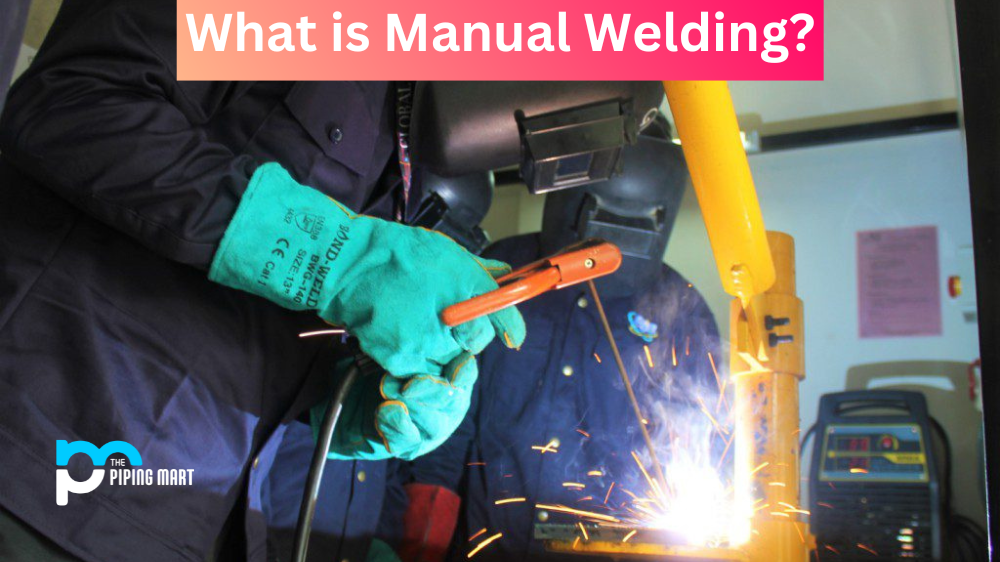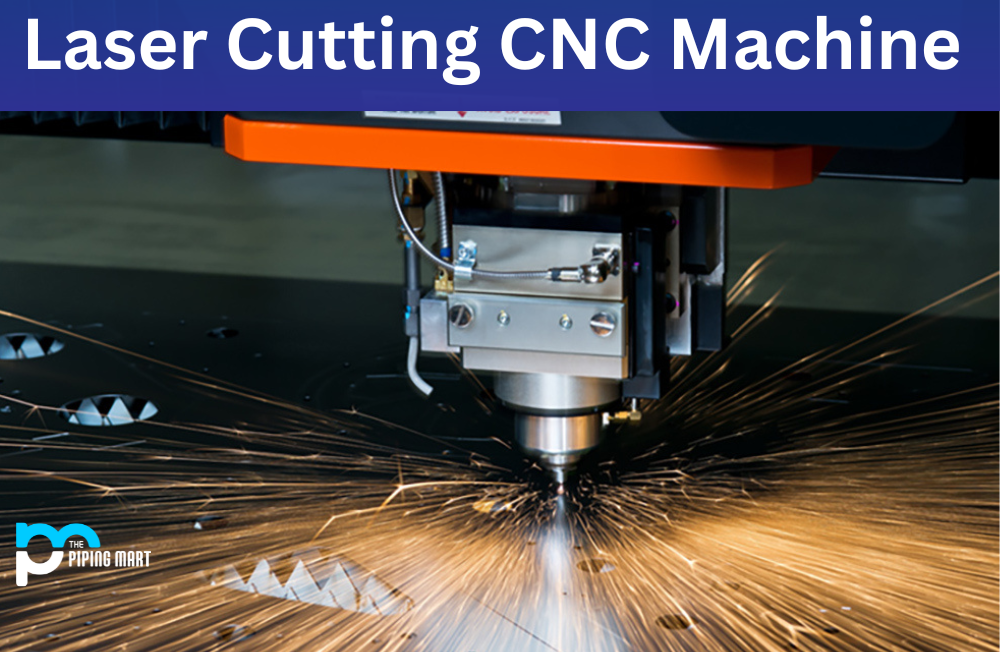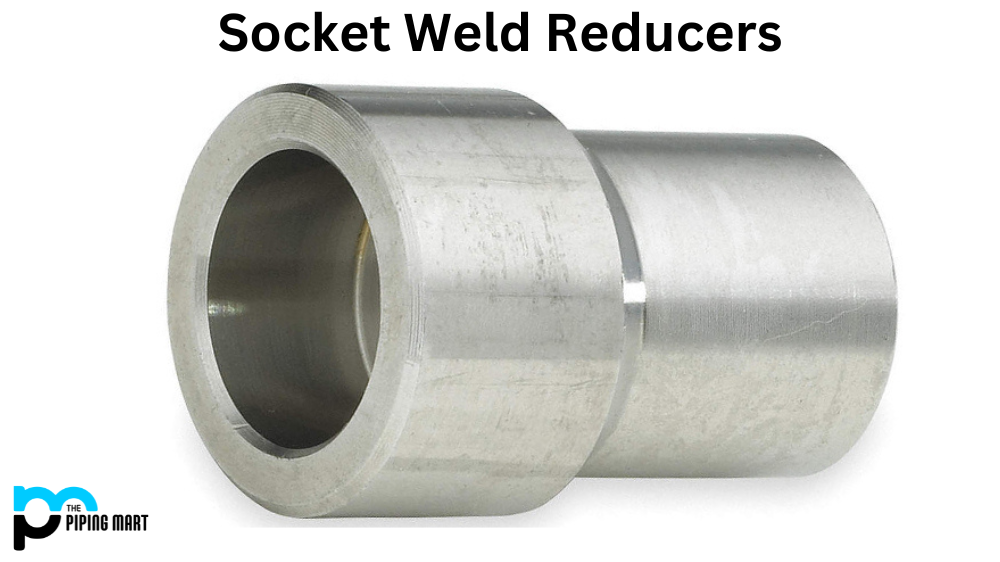Manual welding is a process that involves joining two or more pieces of metal through the use of heat. It’s an important skill for many trades, from automotive mechanics to construction workers and beyond. But what is manual welding, how does it work, and why should you learn how to do it? Read on to find out.
What is Manual Welding?
Manual welding is a process that uses a combination of heat and pressure to join two pieces of metal together. This can be done by using a variety of tools, such as torches, soldering irons, and plasma cutters. The type of tool used will depend on the materials being welded and the thickness of the metal. When manual welding is complete, the metals are joined together in what’s called a “fusion bond”, which means they’ve been fused together at the molecular level into one solid piece.
Benefits of Manual Welding
Learning how to weld manually has countless benefits. For starters, manual welding allows you to make custom parts quickly and easily—no need to wait for special orders or have complex machining done! You also have much greater control over your projects when manually welding compared to other methods, such as arc welding or MIG welding. This will give you much better results in less time with fewer mistakes—saving you both money and headaches in the long run. Finally, learning manual welding can help improve your knowledge base so that you can tackle more complex projects later on down the line.
Safety Guidelines for Manual Welding
When working with any kind of machinery or tools, safety should always be your number one priority—and manual welding is no exception! Always make sure you have all necessary safety equipment, such as gloves and goggles, before beginning any project involving manual welding. Additionally, if possible, try to work outdoors or in a well-ventilated area to avoid breathing in potentially harmful fumes generated by the heat from your torch or plasma cutter. Make sure your workspace is free from combustible materials, too—you don’t want anything catching fire while you’re working!
Conclusion:
Manual welding is an invaluable skill for many tradespeople, but it’s important not to underestimate its complexity; proper training and experience are essential if you want consistently high-quality results with every project! That said, when done correctly, there are countless rewards awaiting those willing to take on manual welding projects: greater control over custom parts fabrication; faster completion times; higher quality finish; improved knowledge base; etc., etc., etc. As long as safety guidelines are followed closely, anyone interested in learning how to weld manually should feel confident about taking on this rewarding craft!
Meet Heer, a dynamic and driven writer learning tricks of her trade in the metal industry. With a background in Digital Marketing, Heer brings a unique perspective to her writing, sharing valuable insights. Apart from blogging she like reading and hiking.




